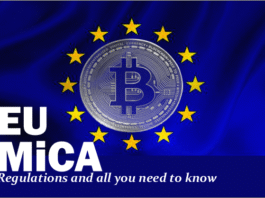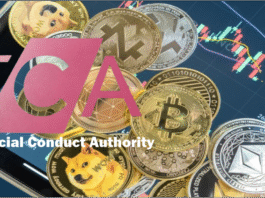As cryptocurrency matures, 2024 is shaping up to be a pivotal year for regulatory developments, with implications for global markets, investor protection, and innovation. Here’s a breakdown of key insights for investors navigating this changing landscape:
Global Regulatory Trends
1. Europe’s MiCA Framework: The EU’s Markets in Crypto-Assets (MiCA) regulation, coming fully into effect by December 2024, sets a global precedent. MiCA introduces comprehensive rules for stable coins, licensing crypto service providers, and investor protections. For example, non-European stable coins with daily transactions exceeding €200 million must comply with strict limits, reflecting the EU’s focus on preserving financial stability【49】【51】.
2. U.S. Challenges and Divergences: While the EU provides clarity, the U.S. remains at a crossroads. Regulatory uncertainty persists due to debates between agencies like the SEC and CFTC over crypto oversight. Recent rulings, like the dismissal of the SEC case against Ripple, signal the industry’s resilience. However, the U.S. risks losing its competitive edge as companies explore jurisdictions with more transparent frameworks【50】.
3. Asia’s Dual Approach: Asia offers a mixed regulatory environment. While China enforces strict bans, Japan and Singapore continue to refine frameworks fostering innovation while ensuring compliance. For instance, Japan’s Payment Services Act provides clear guidelines, while Singapore emphasizes stablecoin regulation and consumer protection【51】.
Key Areas of Impact
1. Decentralized Finance (DeFi) and Derivatives: With crypto derivatives accounting for nearly 78% of trading volume in 2023, their regulation is a focal point in 2024. New rules are expected to standardize digital asset contracts and reduce risks, fostering institutional adoption【49】【51】.
2. Consumer Protection: Governments worldwide are prioritizing Anti-Money Laundering (AML) and Know Your Customer (KYC) requirements. For instance, the UK’s 2023 Travel Rule mandates financial transparency, aimed at deterring misuse of crypto for illicit activities【50】【51】.
3. State-Level Policies in the U.S.: States like Wyoming and New Hampshire are exploring frameworks for Decentralized Autonomous Organizations (DAOs), illustrating a grassroots approach to innovation within the broader regulatory uncertainty【51】.
Opportunities for Investors
– Institutional Interest: Standardized frameworks like ISDA’s Digital Asset Derivatives Definitions promise operational clarity, paving the way for institutional investors to engage more confidently in crypto markets【49】.
– Strategic Geographic Focus: Jurisdictions like the EU, Japan, and Singapore offer more predictable regulatory environments, making them attractive hubs for crypto investments【50】【51】.
Challenges Ahead
– Smart Contract Automation: Regulatory bodies are grappling with the automation risks inherent in smart contracts, particularly the lack of flexibility during unforeseen events. Balancing innovation with safeguards remains a critical task【49】.
– Cross-Border Collaboration: Harmonizing regulations across countries is essential for addressing jurisdictional gaps and fostering global trust in crypto markets【50】.
In conclusion, 2024 presents both challenges and opportunities for investors. While stringent regulations may limit certain activities, they also promise greater transparency, security, and mainstream adoption. By staying informed and adapting strategies to evolving regulations, investors can position themselves for long-term success in this dynamic market.




